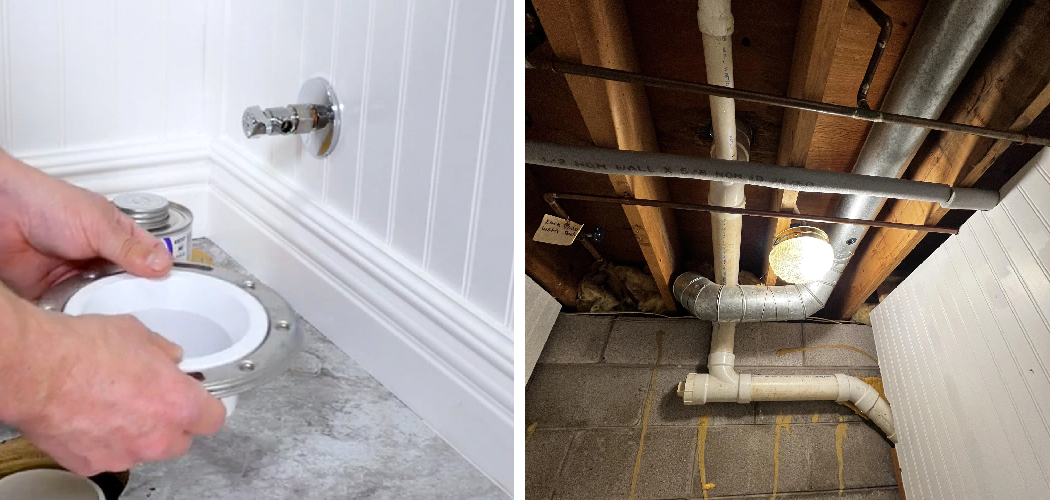Adding a toilet drain is essential to any bathroom renovation or construction project. A properly installed toilet drain ensures that waste and water are effectively removed from the toilet, preventing any blockages or leaks.
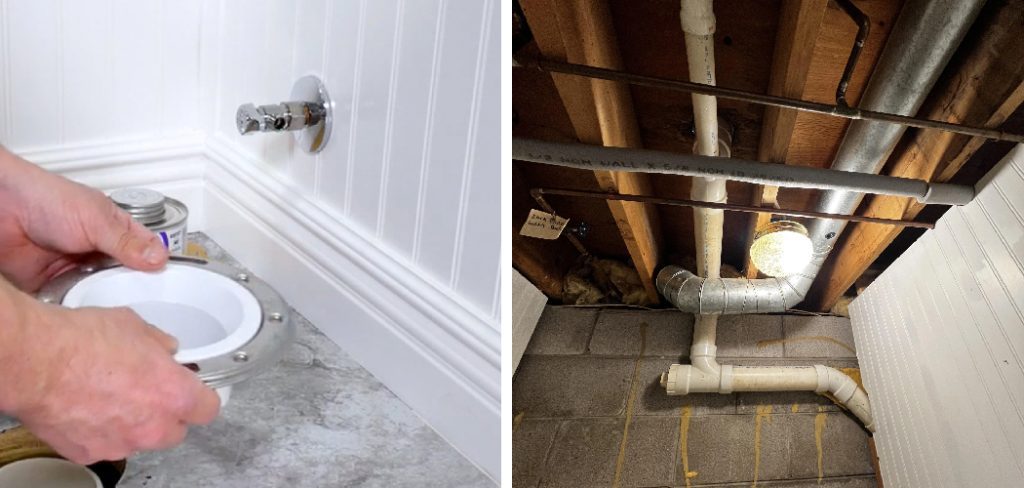
This guide will discuss the steps on how to add a toilet drain to your bathroom. We will cover everything from preparing the area for installation to connecting the drain to the main plumbing system. Following these steps, you can successfully add a toilet drain and ensure a functional and efficient bathroom.
Understanding Toilet Drain
Before we begin the installation process, it is important to understand the anatomy of a toilet drain. A toilet drain comprises two main parts: the flange and the drain pipe. The flange is a round fitting that connects the toilet bowl to the floor and holds it in place. It also acts as a seal to prevent leakage.
On the other hand, the drain pipe is a long and straight pipe that connects the toilet flange to the main plumbing system. It allows waste and water to flow from the toilet and into the sewer or septic tank.
Tools and Materials You Will Need to Add a Toilet Drain
- Measuring tape
- Hacksaw
- Screwdriver
- Wrenches (adjustable and pipe)
- Plumber’s putty or silicone sealant
- Toilet flange kit
- PVC drain pipes and fittings (if replacing an existing drain)
Step-by-step Guidelines on How to Add a Toilet Drain
Step 1: Prepare the Area for Installation
Before starting the installation process, turn off the water supply to the toilet and remove any items on or near the toilet.
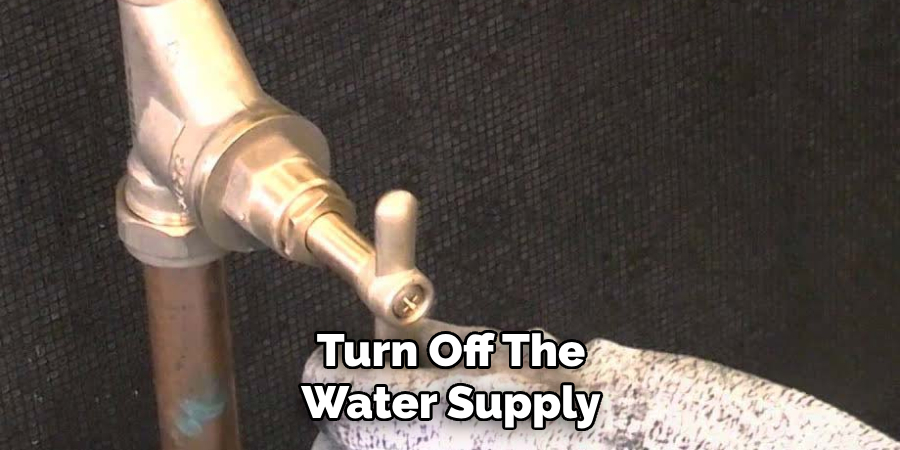
Next, cover the floor with a drop cloth or plastic sheet to protect it from potential damage. Preparing the area will make the installation process easier and cleaner. Remove the old flange and drain pipe if you are replacing an existing toilet.
Step 2: Install the Toilet Flange
Place the new toilet flange over the drain hole in the floor and align it properly. Use a measuring tape to ensure it is centered, and mark its location with a pencil. Next, use the plumber’s putty or silicone sealant around the drain hole to create a water-tight seal. Insert screws into the flange and tighten them with a screwdriver. If you are adding a new toilet, skip this step.
Step 3: Connect the Drain Pipe
Measure and cut the drain pipe to fit between the flange and the main plumbing system. Use a hacksaw to make precise cuts. Next, apply PVC primer on both ends of the pipe and then spread PVC glue over it.
Connect one pipe end to the flange and the other to the main plumbing system. Use an adjustable wrench to tighten any fittings if needed. If you are replacing an existing drain pipe, connect the new one to the old one using a coupling and clamps.
Step 4: Install the Toilet Bowl
Place the toilet bowl on top of the flange and align it with the mounting holes. Use plastic washers and nuts to secure it.
Make sure not to over-tighten, as it can crack the toilet bowl. Next, connect the water supply line to the toilet and turn on the water. Make sure there are no leaks before using the toilet. While using the toilet, ensure it is properly secured and does not move.
Following these simple steps, you can successfully add a toilet drain to your bathroom. However, we recommend seeking professional help if you are unsure or uncomfortable with the installation process. A properly installed toilet drain will ensure a functional and efficient bathroom for years to come.
Additional Tips and Tricks to Add a Toilet Drain
1. If you are installing a toilet drain in a new construction, plan ahead and leave sufficient space for the drain pipe. This will save you time and effort during the installation process.
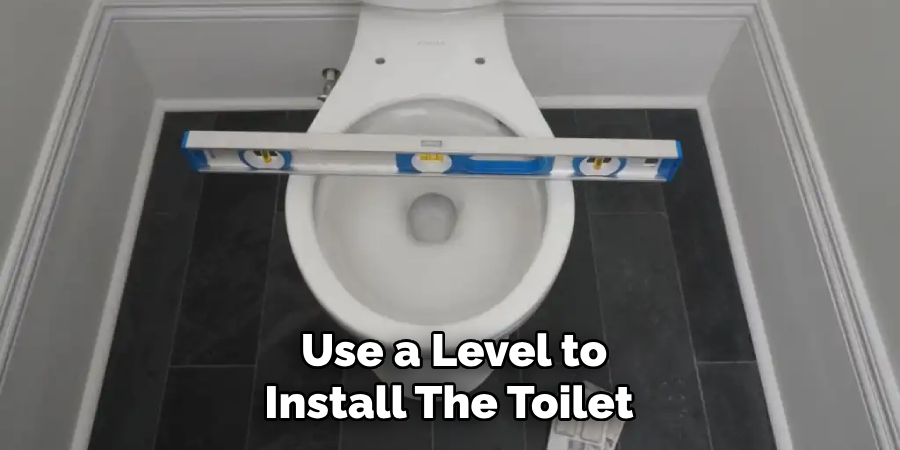
2. Use a level to install the toilet drain straight and levelly. This will prevent any potential leaks or uneven flushing.
3. When connecting the toilet drain to the main sewer line, use a rubber coupling with stainless steel clamps for a secure and leak-proof connection.
4. Avoid flushing large amounts of toilet paper or other non-biodegradable materials down the drain to prevent clogs and blockages.
5. Consider using a water-saving toilet to reduce water consumption and save money on utility bills.
6. Regularly clean and maintain your toilet drain to prevent build-up and clogs. You can use a plunger or a plumbing snake to do this.
7. If you live in an area with hard water, consider installing a water softener to prevent mineral buildup in your toilet drain and pipes.
8. Use environmentally friendly cleaning products to avoid damaging the pipes and sewage system.
9. If you encounter any issues or difficulties during installation, do not hesitate to consult a professional plumber for assistance. They have the knowledge and expertise to troubleshoot any problems and ensure a successful installation.
10. Finally, always follow safety precautions when working on your toilet drain, such as wearing gloves and proper eye protection.

Following these additional tips and tricks will help you install a toilet drain and ensure its longevity and efficiency. Remember to always prioritize proper installation and maintenance for optimal functioning of your toilet drain. Happy plumbing!
Things You Should Consider to Add a Toilet Drain
1. The first thing to consider when adding a toilet drain is the location of the toilet in your home. Ensure that the location allows for proper drain installation without any obstructions or difficulties.
2. Another important factor to consider is your home’s plumbing system. The toilet drain should be connected to the main sewer line, which runs underground and connects to a municipal sewage system or septic tank. It is essential to ensure that the new drain will not cause problems with your existing plumbing system.
3. You should also consider the size of the toilet and its drainage requirements. The standard size for a toilet drain is 3 inches in diameter, but it may vary depending on the type of toilet and its location in your home. Be sure to consult with a professional plumber to determine the appropriate size for your toilet drain.
4. The slope of the drain is another crucial factor to consider. A slight downward slope should be maintained to allow proper drainage and prevent blockages. It is recommended that the drain slope be 1/4 inch per foot towards the main sewer line.
5. If you are adding a new toilet in an area with no existing plumbing, you must consider the cost and difficulty of installing new pipes. This can involve digging trenches and breaking through walls, which can be labor-intensive and costly. It is best to consult with a professional plumber to determine the most efficient and cost-effective way to install a new toilet drain.
6. The type of material used for the drain is also essential to consider. The most commonly used materials for toilet drains are PVC and ABS pipes, which are durable and corrosion-resistant. It is crucial to use high-quality materials to ensure the longevity and functionality of your toilet drain.
7. Proper ventilation is another factor to consider when adding a toilet drain. Vent pipes allow air to flow through the plumbing system, preventing suction and maintaining proper pressure for efficient drainage. It is essential to have the vent pipe connected to the main sewer line for optimal performance.
8. Complying with building codes and regulations is crucial when adding a toilet drain. These codes ensure that the plumbing system is safe, functional, and up to standard. Follow these regulations to avoid costly repairs and fines.
9. Lastly, it is recommended to hire a professional plumber for the installation of a toilet drain. They have the knowledge, experience, and equipment to ensure that the drain is installed correctly and meets all necessary requirements.
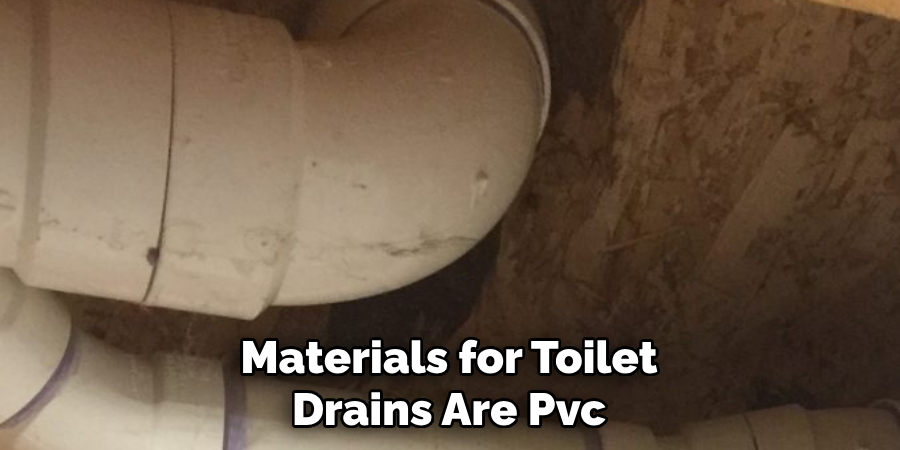
Following these considerations will ensure that your new toilet drain is installed correctly and functions efficiently for years to come. Remember to consult with a professional plumber if you have any doubts or questions during the installation process.
So, it is important to consider all these factors before adding a toilet drain to your home. A properly installed and functioning toilet drain ensures proper waste removal and adds value to your home. Happy plumbing!
Troubleshooting Common Issues to Add a Toilet Drain
1. Inadequate Ventilation:
One of the most common issues when installing a toilet drain is inadequate ventilation. This occurs when there is not enough airflow in the plumbing system, leading to slow draining and even clogs. It is important to ensure that the drain pipe has proper ventilation to allow for smooth drainage.
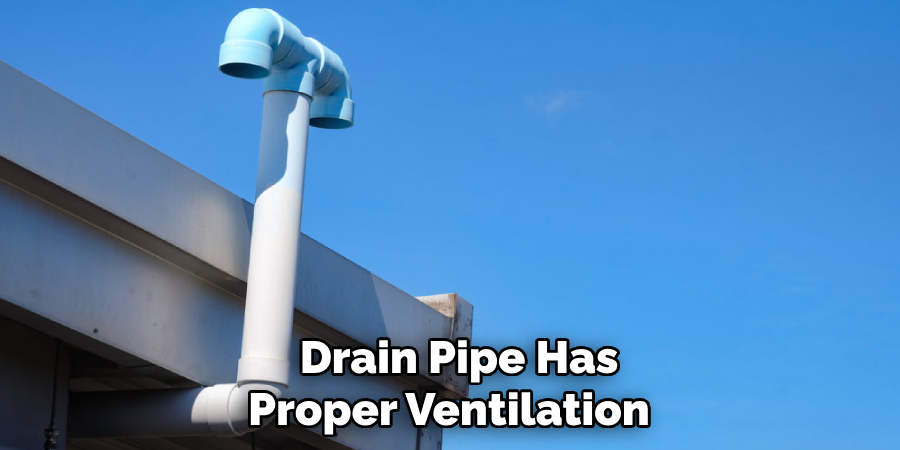
To troubleshoot this issue, check the vent stack or roof vents near your toilet. Make sure they are clear of debris or obstructions that may be limiting the airflow. You may need to install additional vents or extend the existing ones to improve ventilation.
2. Improper Slope:
Another common issue is an incorrect slope in the toilet drain pipe. The ideal slope for a drain pipe is 1/4 inch per foot towards the main sewer line. If the slope is too steep, water will run too quickly and leave behind waste, causing clogs. If the slope is too shallow, water will not drain properly, leading to clogs.
To troubleshoot this issue, you can use a level to check the slope of your drain pipe. If it is not at the recommended 1/4 inch per foot, you may need to adjust the angle or even reposition the drain pipe.
3. Damaged or Clogged Drain Pipe:
If you have ruled out ventilation and slope issues, the problem may lie within the drain pipe. Over time, pipes can become damaged due to wear and tear or clogged with debris such as hair, soap scum, and other materials.
To troubleshoot this issue, you may need to use a plumbing snake or auger to clear any clogs in the drain pipe. If there is damage, such as cracks or leaks, you must replace the affected pipe section.
4. Incorrect Installation:
Sometimes, the issue may be due to incorrect installation of the toilet drain. This can happen if the flange is not secured properly or if the wax ring is not placed correctly.
To troubleshoot this issue, you may need to remove the toilet and inspect the flange and wax ring. If they are not installed correctly, you must reposition them before reinstalling the toilet. It is also important to follow proper installation instructions and use appropriate tools for a successful installation. This can prevent future issues and ensure a proper toilet drain.

5. Old or Faulty Toilet:
If all else fails, the issue may be with the toilet itself. Over time, toilets can develop cracks or other damages that can cause leaking or clogging in the drain. Internal components can also wear out and malfunction.
To troubleshoot this issue, you may need to replace the old toilet with a new one. Make sure to choose a high-quality toilet with proper flushing power and check for defects before installation.
Following these troubleshooting steps can help you identify and resolve common issues when installing a toilet drain. It is important to address any problems promptly to avoid further damage or inconvenience in your plumbing system.
Always seek professional assistance if you are unsure or uncomfortable handling the issue yourself. With proper installation and maintenance, your toilet drain should function smoothly for years to come.
Precautions Need to Be Followed for Adding a Toilet Drain
1. First and foremost, obtain all necessary permits before beginning any work on a toilet drain. This will ensure that the project is done in compliance with local building codes.
2. Before starting any work, ensure you have all the required tools and materials. This includes a plunger, toilet auger, wrenches, silicone caulk, and a pipe wrench for tightening and connecting pipes.
3. Before installing a toilet drain, make sure to carefully read the installation instructions provided by the manufacturer. Each toilet may have specific requirements for installation, so it is important to follow them closely.
4. Always double-check the measurements before cutting or drilling any holes in the floor or wall of the drain pipe. This will prevent mistakes and ensure that the toilet is properly connected to the main plumbing system.
5. Wear protective gear like gloves and goggles when working with pipes and other materials. This will protect you from any potential injuries or accidents that may occur during the installation process.
6. Properly dispose of all old fixtures and materials, such as the old toilet or debris from drilling or cutting. This will prevent potential health hazards and maintain a clean work area.
7. To avoid potential leaks, make sure that all connections are properly sealed with silicone caulk or plumber’s tape.
8. If you are unsure about any step of the installation process, do not hesitate to seek professional help from a licensed plumber. They have the knowledge and experience to ensure that the job is done correctly and safely.
9. After installation, thoroughly test the toilet by flushing it multiple times and checking for leaks. If any issues occur, address them immediately to prevent further damage or complications.
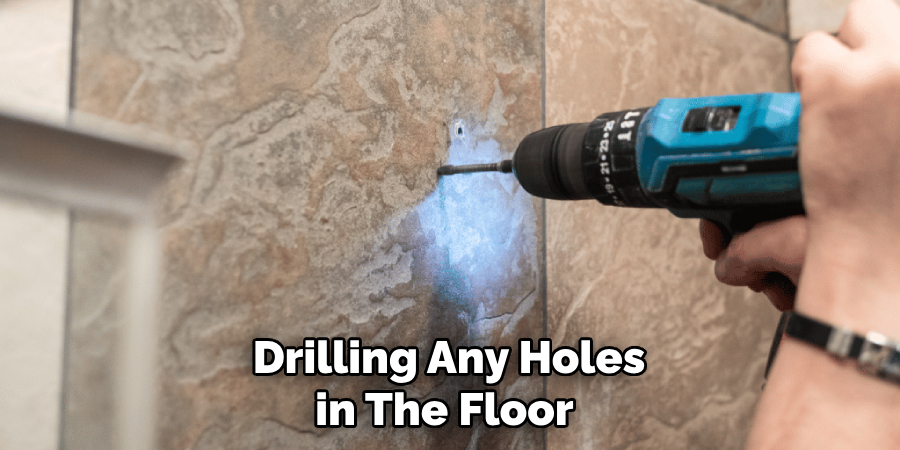
Following these precautions will not only ensure a successful installation but also help maintain the integrity of your plumbing system and prevent any potential hazards. It is important to take these measures seriously in order to avoid costly repairs or damage in the future. So, always keep these precautions in mind when adding a toilet drain and follow them diligently for a smooth and safe installation process. Happy plumbing!
Frequently Asked Questions
Can I Add a Toilet Drain to an Existing Plumbing System?
Yes, it is possible to add a toilet drain to an existing plumbing system. However, depending on the location and layout of your current plumbing system, this may require some adjustments and modifications. It is recommended to consult with a professional plumber to ensure proper installation and avoid any potential issues.
What If My Existing Plumbing System Is Not Designed for a Toilet?
If your current plumbing system is not designed to accommodate a toilet, you may need to make some significant changes. This can include installing new pipes and drainage systems, as well as potentially moving fixtures or appliances in the surrounding area. It is best to consult with a plumber for guidance on the best course of action for your specific situation.
Can I Add a Toilet Drain to an Upper Floor?
It is possible to add a toilet drain to an upper floor, but it may require more extensive construction work. You will need to create a new waste stack or tie it into an existing one and ensure proper ventilation for the drain. This can be a complex and costly project, so it is best to consult with a professional before proceeding.
Conclusion
Now you know how to add a toilet drain and some key factors to consider before doing so. Remember, proper planning and consultation with a professional plumber can save you time, money, and potential issues down the road.
By following these guidelines and ensuring all necessary steps are taken, you can successfully add a toilet drain to your plumbing system and enjoy a fully functional bathroom. So feel free to tackle this project as long as you have the necessary knowledge and assistance. Happy plumbing!

